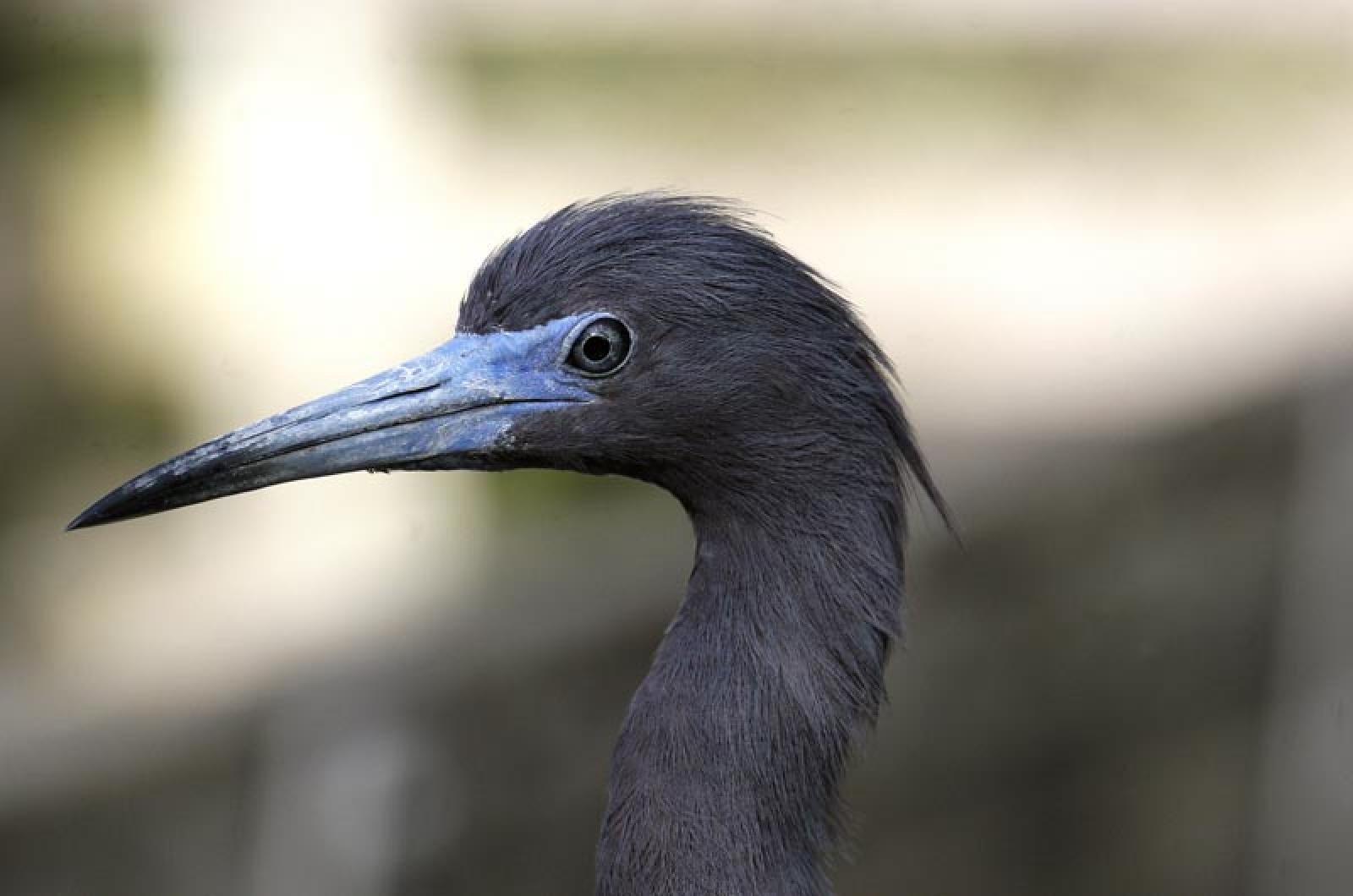There were some unusual sightings last weekend, including a Nashville warbler, clay-colored sparrow and little blue heron, but my overall impression of the past week is that birds were rather scarce.
In last week’s column we mentioned that northerly and northwesterly winds are ideal for migrating songbirds. Other weather conditions, including the northeast winds and rain we had for a few days, are less than favorable. The weather system that came up the Atlantic Coast brought us southerly winds and about two inches of much-needed rain; that weather system likely kept most migrating songbirds away from the coast as they will avoid migrating into such bad weather.
This lull in bird migration is only temporary, as some of the best birding on the Island occurs over the upcoming Columbus Day weekend. Because migrants concentrate at the Gay Head Cliffs until there is favorable weather for heading further south, that is always a good place to go to find birds. Migrants are more patchily distributed across the rest of the island and it is often necessary to visit a couple of sites before they are found.
Bird Sightings
Ken Magnuson photographed a blue-winged teal at the Edgartown Golf Club on Oct. 2. A peregrine falcon flew over the next day.
Just before sunset on Oct. 2, Mait Edey observed a little blue heron as he was boating on Lake Tashmoo; he watched it for 10 to 15 minutes as he sat motionless in his dory, drifting closer until he was about 35 feet away. Calling all artists: boater, heron and sunset would make a prizewinning painting!
On Oct. 3, Lanny McDowell observed some American goldfinches that were still feeding their now full-grown young, which were whining and begging for even more seeds. We know that this species is a late nester, but I think of August as late rather than October.
Wayne Jackson observed a male red-breasted merganser on Oct. 3.
Charlie Kernick spotted some first year black-bellied plovers at Black Point Pond on Oct. 4.
On Sept. 4 I was out with my guided birding tour trying to find songbirds. We went to several locales, including Christiantown and the nature trail on the Henry Goethals conservation restriction, where there were lots of eastern towhees but little else. That evening, at Mink Meadows Golf Club, there was a flock of blackpoll, magnolia and yellow-rumped warblers in the shrubs near the pro shop. They were there for about five minutes before heading off to the west.
Ken Magnuson, Lanny McDowell, Bob Shriber and Pete Gilmour were at the Gay Head Cliffs in Aquinnah on Oct. 4 and 5. Perhaps the most unusual species they found was a Nashville warbler deep in the underbrush, although the always difficult to identify fall clay-colored sparrow ranks a close second. They also found the following warblers: prairie, black-throated green, and blackpoll, as well as blue-headed vireo, ruby-crowned kinglet, swamp sparrow and an American kestrel. They also had an interesting observation of a scruffy-looking mockingbird and a thick swarm of flying ants; the mocker was gobbling ants while quite a number of the ants perched on its back and tail.
Jeff Bernier observed a flock of bobolinks and a male northern harrier at the Farm Institute on Oct. 5.
Matt Pelikan and Charlie Kernick both report an influx of red-breasted nuthatches in Oak Bluffs, Vineyard Haven and West Tisbury on the morning of Oct. 6.
There are lots of birds around, so please get out looking for them, and be sure to report your bird sightings to birds@mvgazette.com.
Robert Culbert leads guided birding tours and is an ecological consultant living in Vineyard Haven.





Comments
Comment policy »